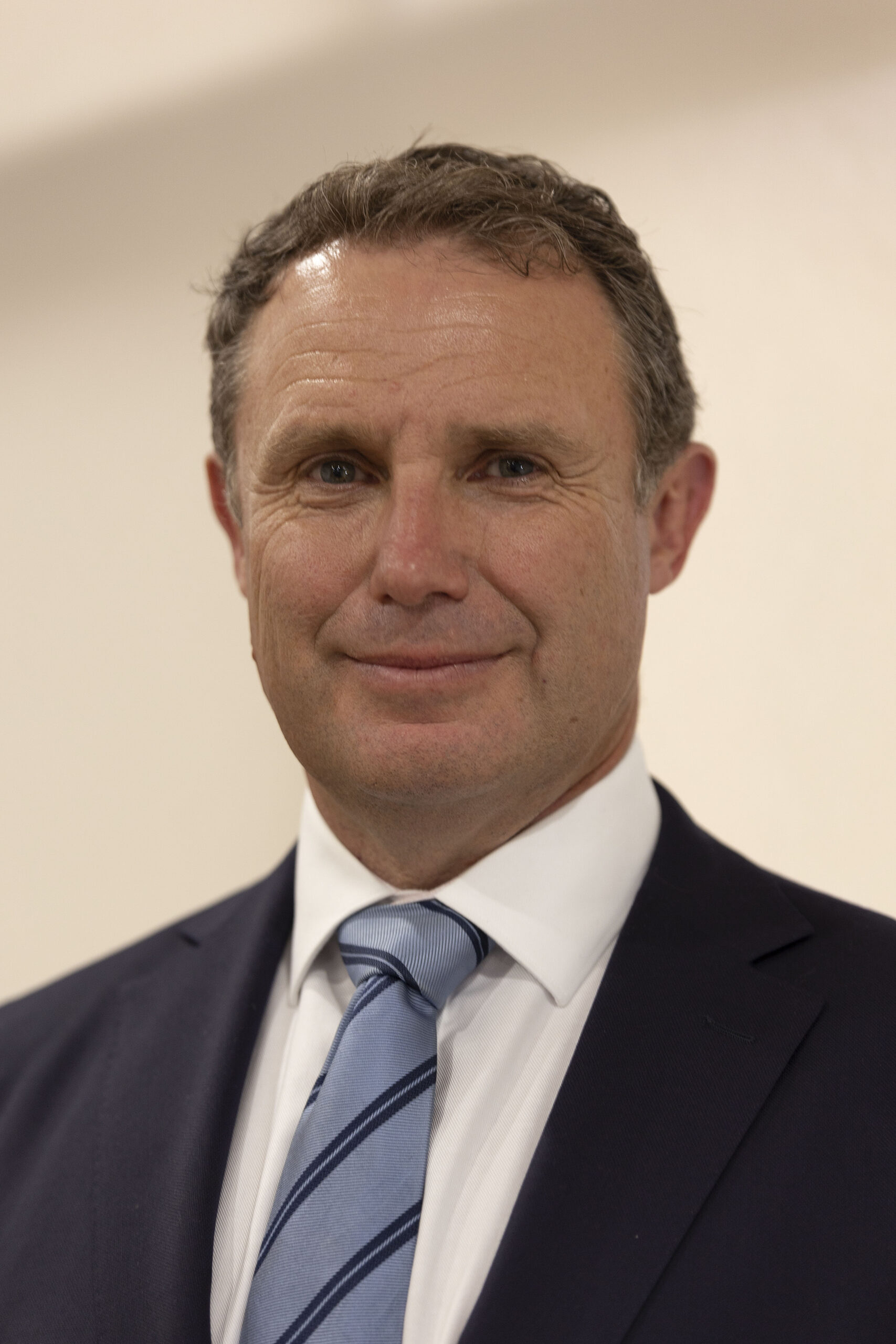How is your community changing and what is driving the growth in the Armidale region?
The overarching strategy of Armidale Regional Council is to grow our population by 10,000 in the next 20 years and then another 10,000 in the following 10 years. Armidale has two unique factors that are going to underpin this growth – the Renewable Energy Zone (see below) and intensive horticulture.
To achieve this goal council itself needed to be on a secure footing. Historically Armidale Regional Council (and its earlier iterations) have been financially strapped and as a result the region has never realised its potential. This current council was determined to put this right and applied for and received a 58.8% rate increase – over three years – which came into effect this financial year.
What are the biggest priorities for Armidale Regional Council right now?
Our priorities are everything required to achieve the target population growth, specifically:
- Water security for a population of 50,000+ and associated industry;
- Ensuring there is sufficient housing;
- An additional 4,000 jobs will lead to a population increase of 10,000;
- Improved civic amenities; and
- Proactively drive tourism.
What are the most significant infrastructure challenges facing Council over the next 5 year and how are you adapting to meet those challenges?
- Water security: Council has 80% of the funding to double the capacity of its main water storage (Malpas Dam) and are finalising the pre-construction work which will see the raising of the dam wall being completed by 2026. In addition to this, in December 2022 Council purchased a disused hydro dam (Oaky Dam) as a backup water supply.
- Housing: Armidale Regional Council is putting the finishing touches to the Housing Strategy and Local Strategic Planning Statement. Both documents have been prepared with assistance from Macroplan and will be put before council in the October meeting and then on public exhibition. The housing strategy has identified more than 8,500 lots for development which will be sufficient for a population increase of 20,000+.
The New England region has been selected as a Renewable Energy Zone by the NSW government. What does this mean for your community and what has Council learned from the process so far?
The Renewable Energy Zone (REZ) will be the biggest change to our region since settlers arrived with sheep in the 1840’s. Such change has both positives and negatives for the region.
At one end of the spectrum, the nature of how renewable projects come into being sets the scene for social friction in a community. This is initially between host landholders and near neighbours who discover they have been kept in the dark about developments which will fundamentally change their amenity and possibly their livelihood.
The social friction will then radiate outwards to the town centres during construction phase as a tight accommodation market is placed under increased stress and the availability of skilled labour is soaked up.
On the positive side, the construction phase will likely last many years and provide a boost to local economies. There are post construction opportunities to build on the renewable projects such as green hydrogen production and recycling. There are opportunities to monetise the wave of renewable developments to ensure multi-generational benefits to the community.
Armidale will effectively become the dormitory for the REZ. Based on the number of proposed renewable energy projects in the region, practically this means we will need to accommodate 2,000+ workers for the next 10 years. This is a good problem to have but it requires council to have a solid plan on how we want these workers to be accommodated and what legacy may be left for the region at the conclusion of the construction phase.
All projects in the REZ are either State Significant Developments or State Significant Infrastructure and the initial attitude toward council by government and developers was one of tokenism – some would say patronising tokenism is more accurate. By banding together with the other councils in New England we were able to establish a ‘Statement of Expectations’ which established some road rules on how renewable developers would participate in our region.
One of the key items in the Statement of Expectations was that renewable developers pay 1.5% of construction cost as part of a Planning Agreement. This has now become the industry standard. In Armidale we will be pooling all funds from the planning agreement into a Future Fund to ensure intergenerational benefit from the REZ.
How do you see the role of regional capitals in the broader context of Australia’s growth?
Regional capitals have the capacity and desire to grow their populations which dovetails as a solution for the state capital cities which are bursting.
Regional capitals need to be seen by all levels of government as a partner in Australia’s economic and population growth. Government needs to deliver tangible solutions and do away with platitudes.
Image: Cr Sam Coupland, Armidale Regional Council
